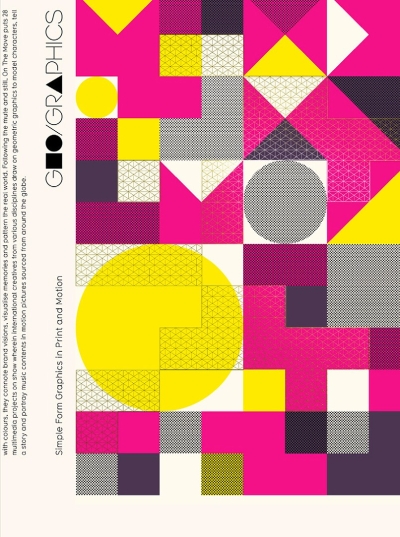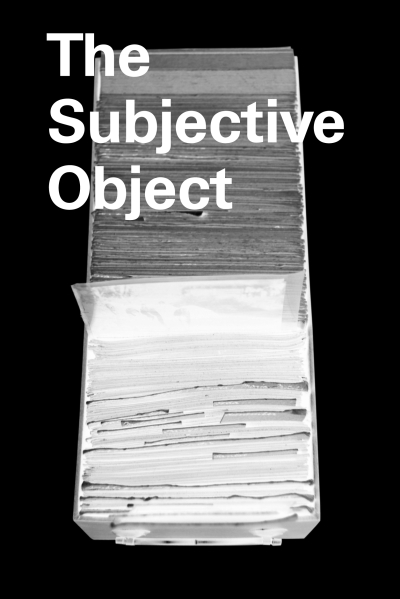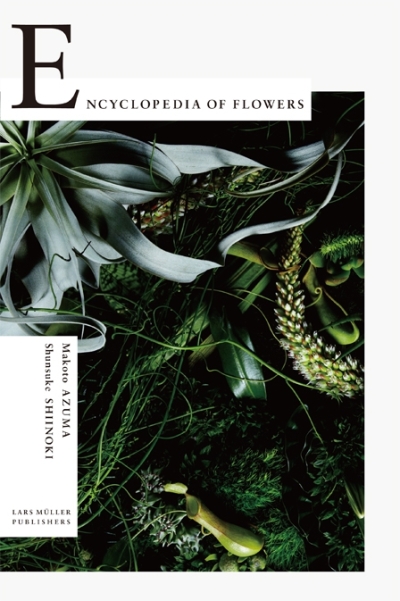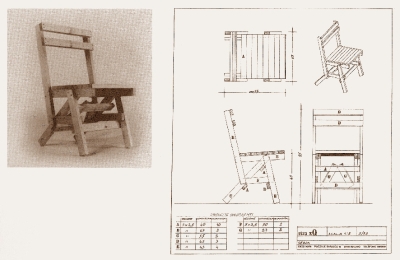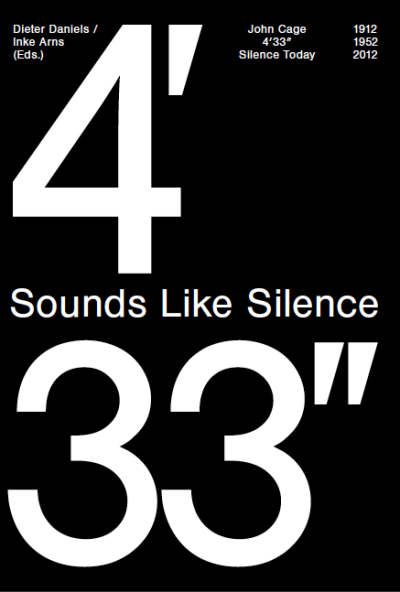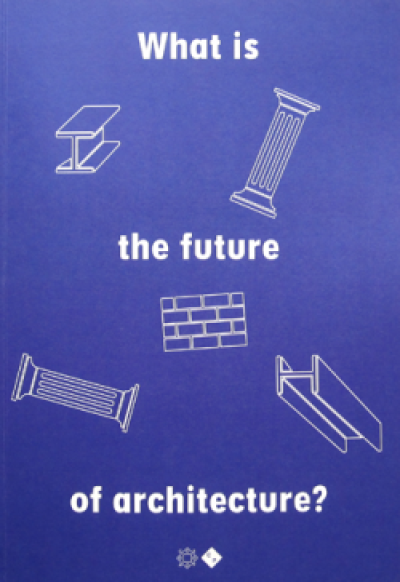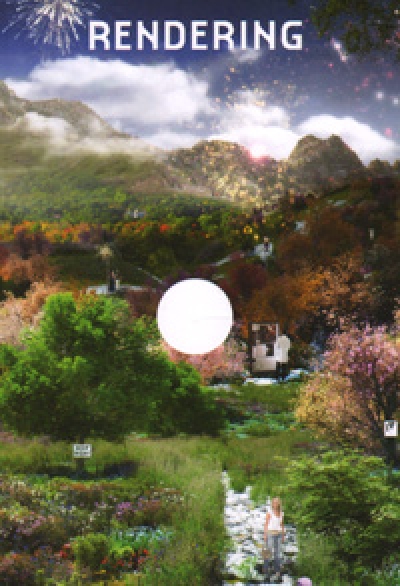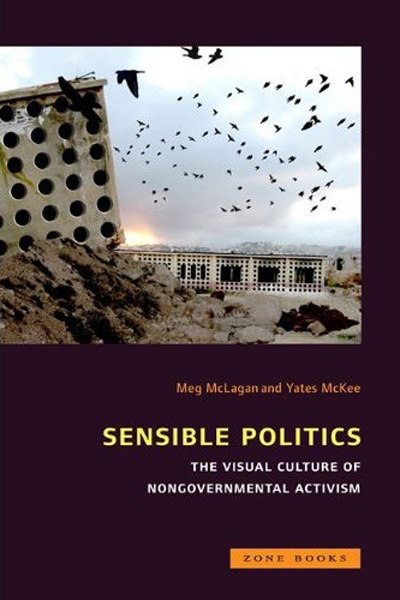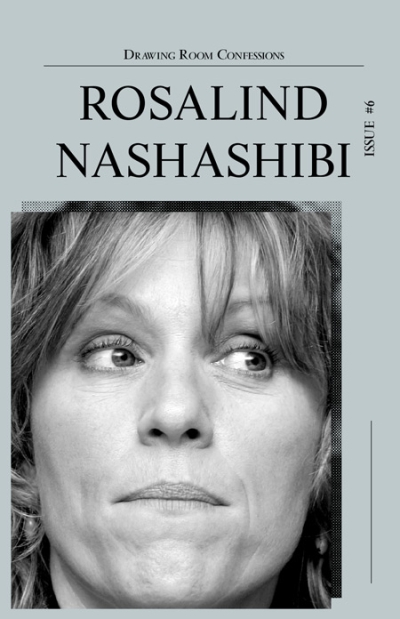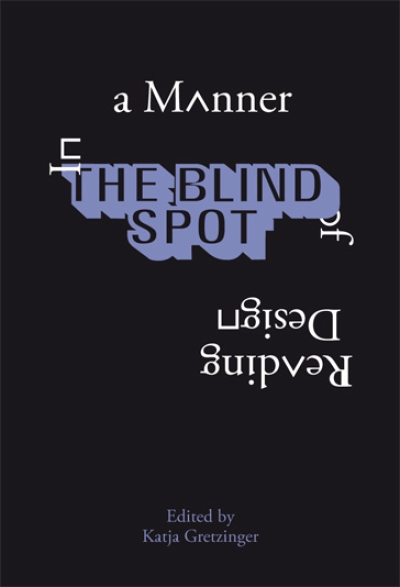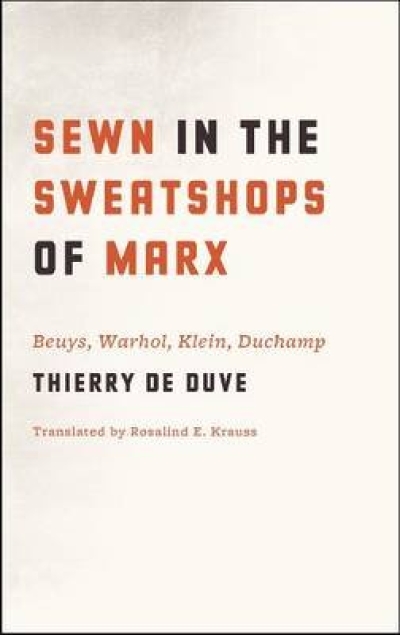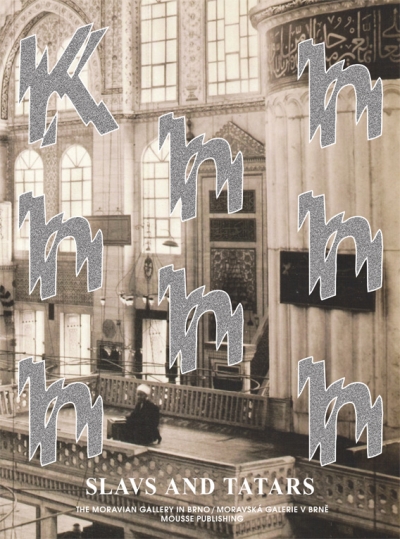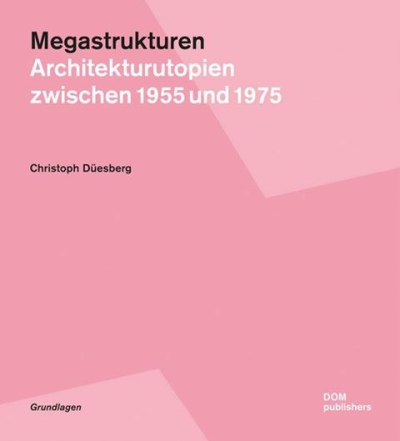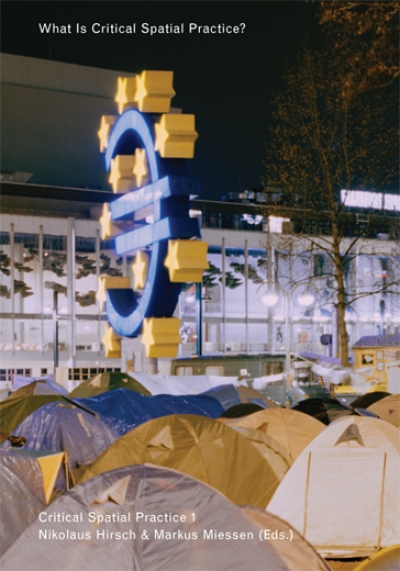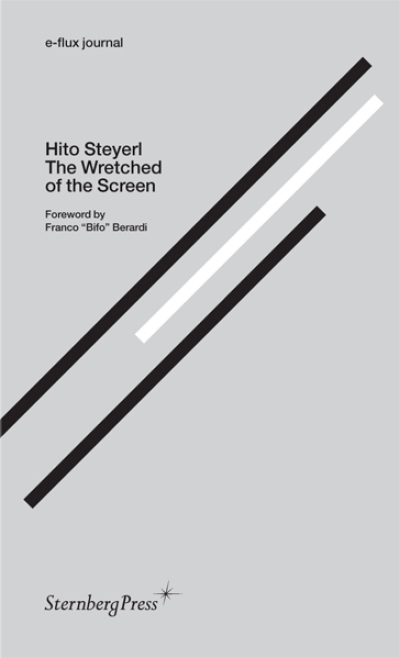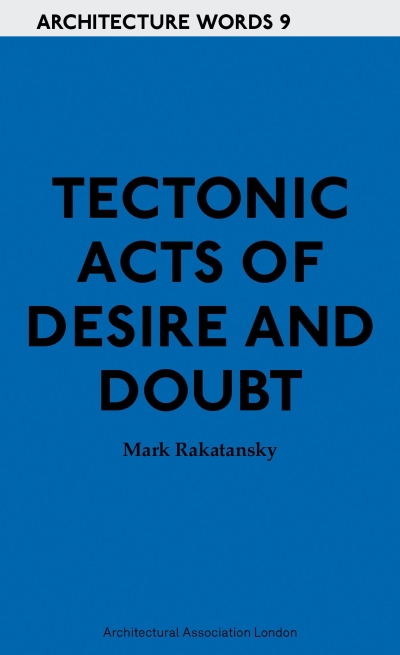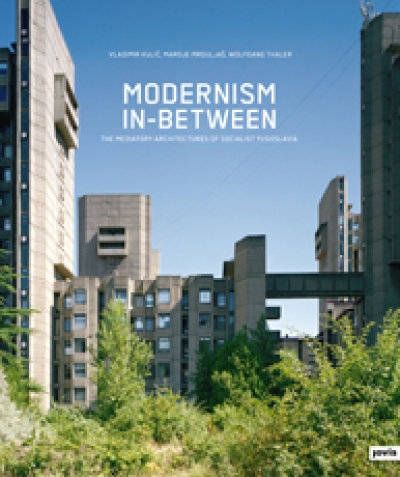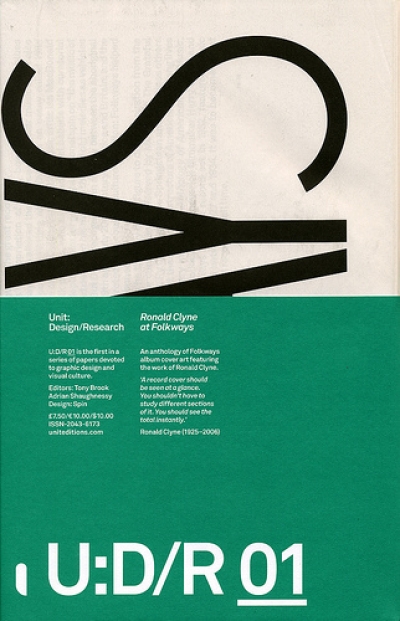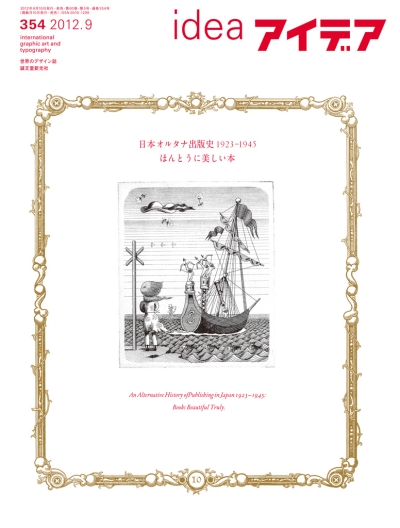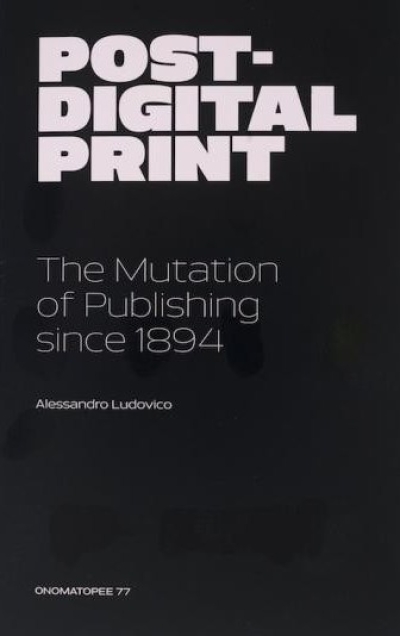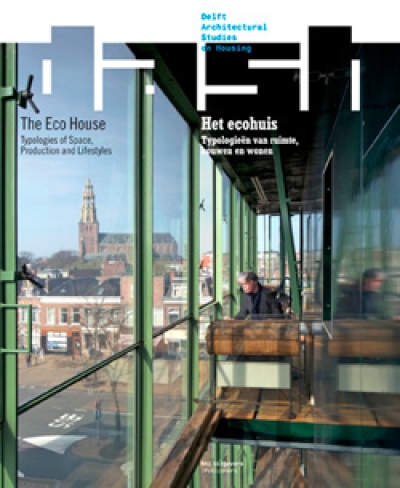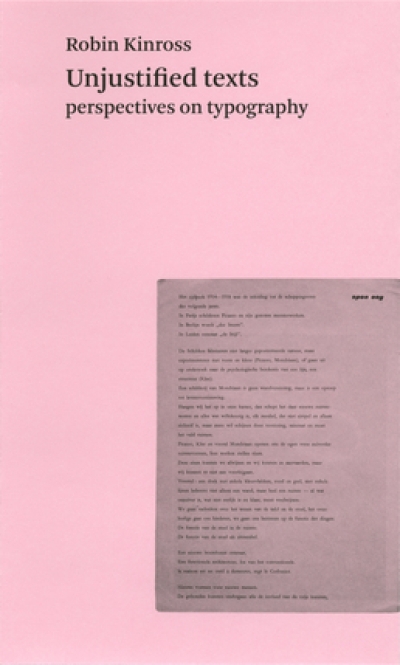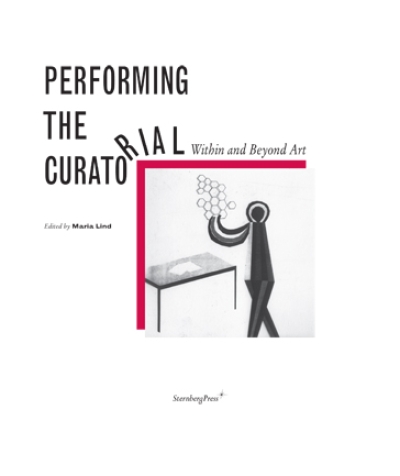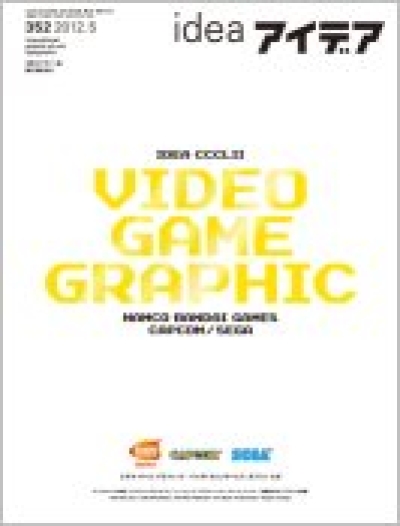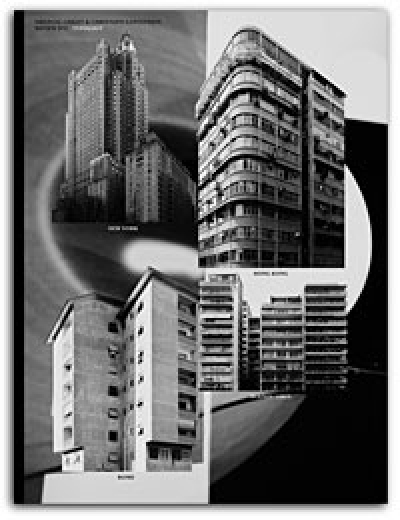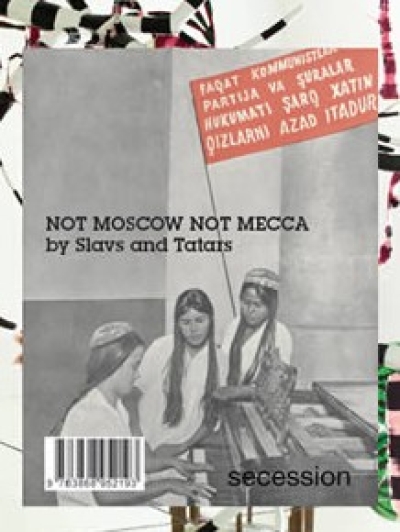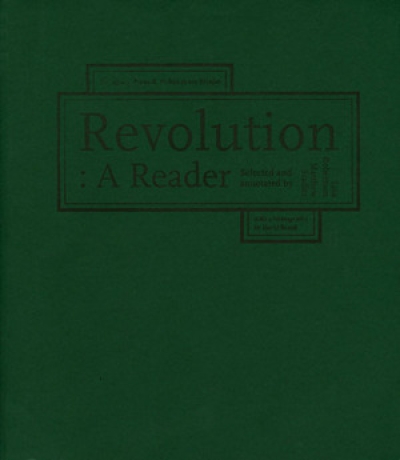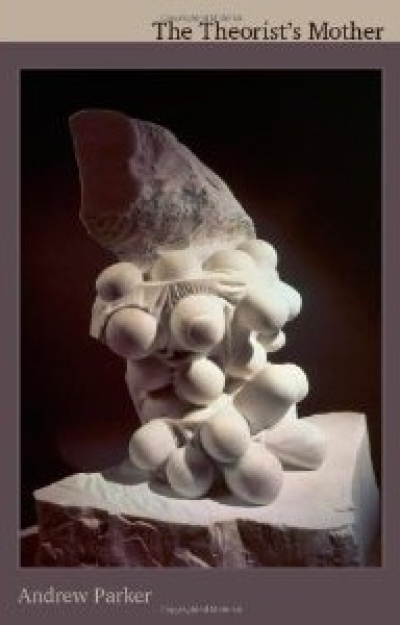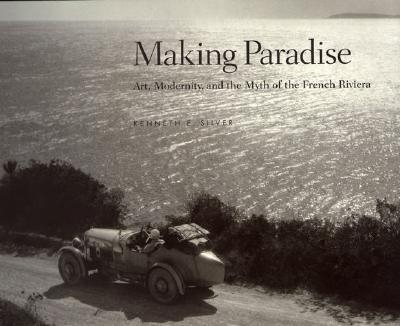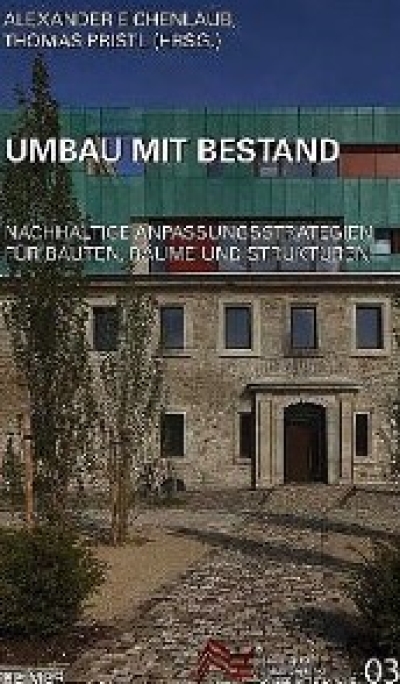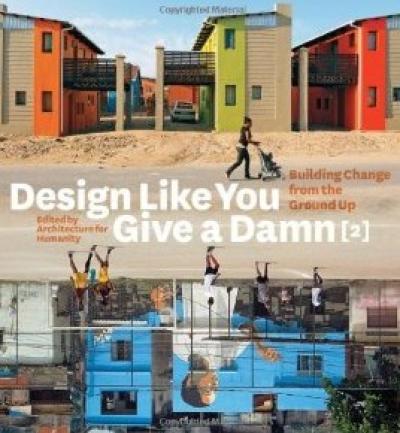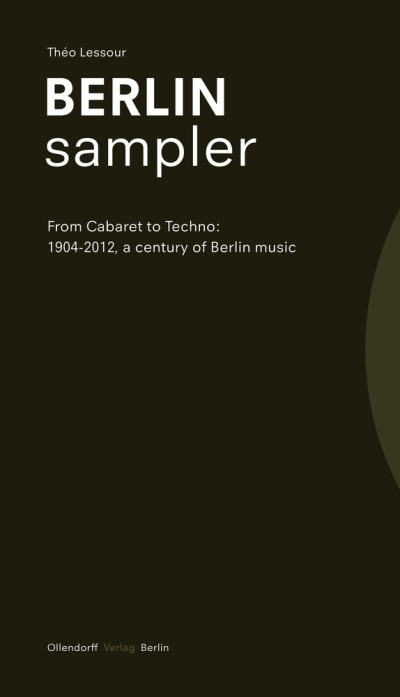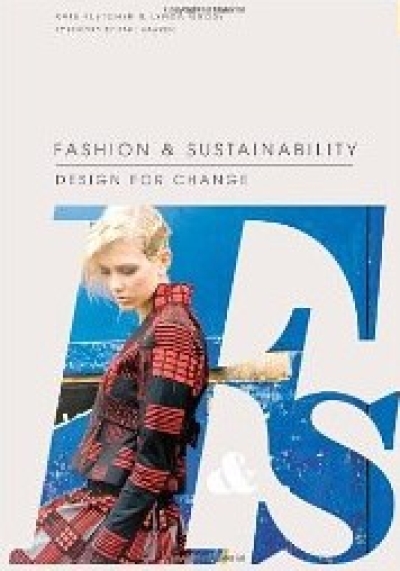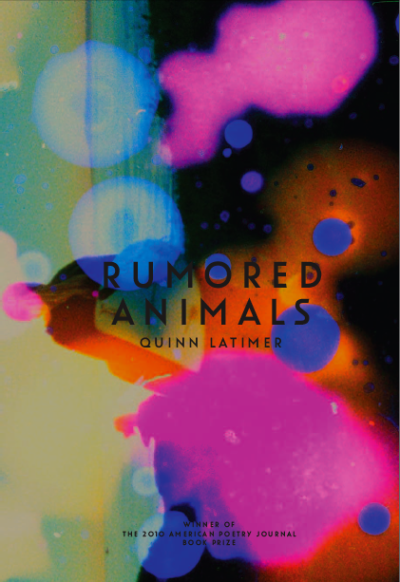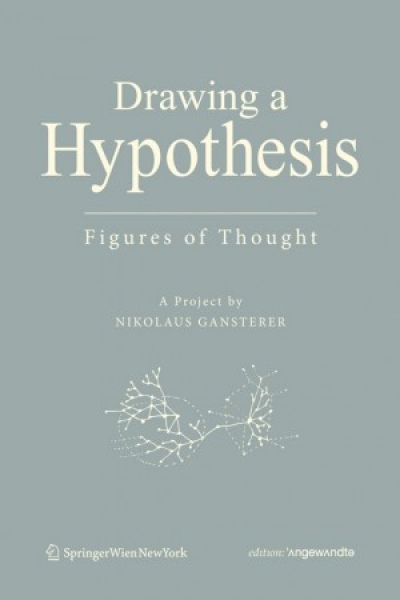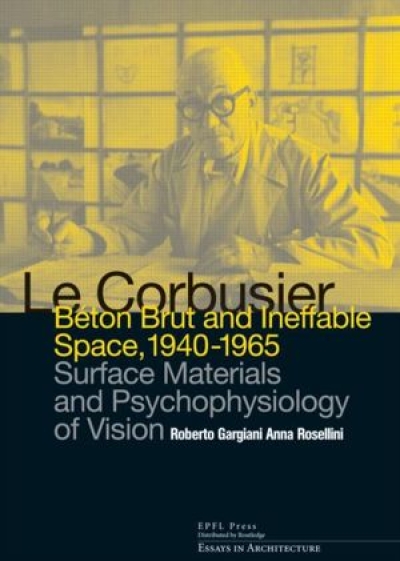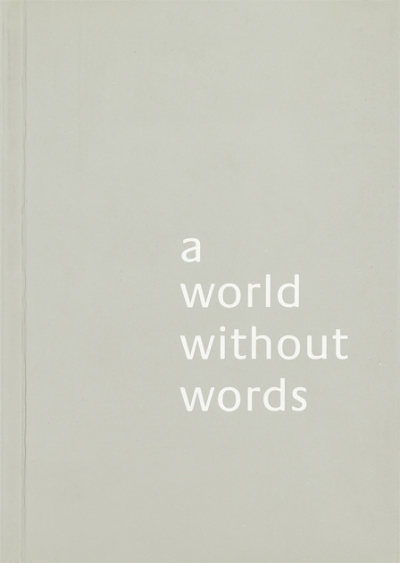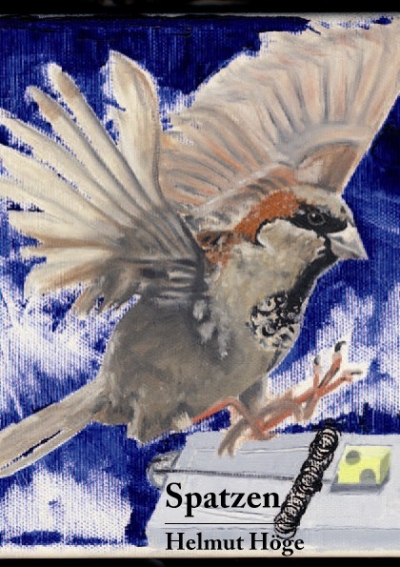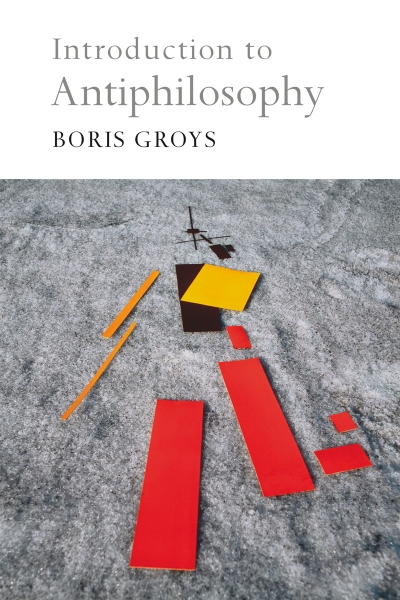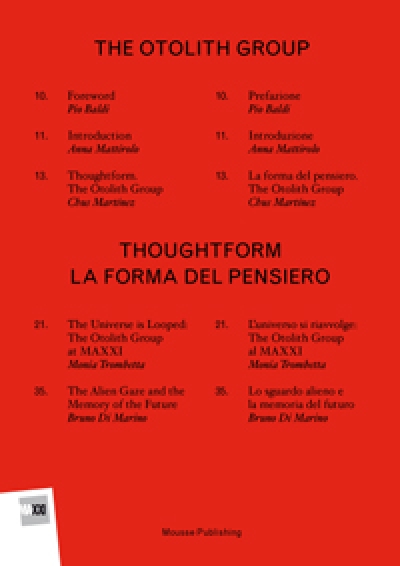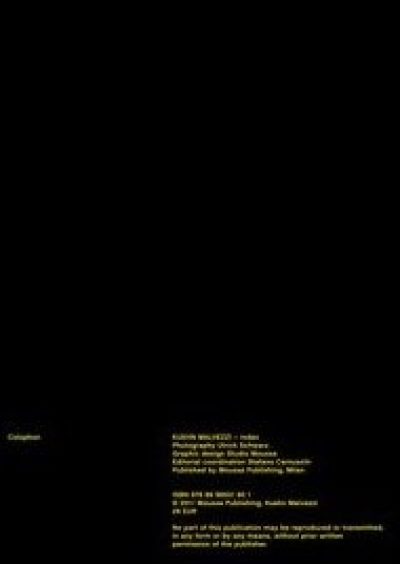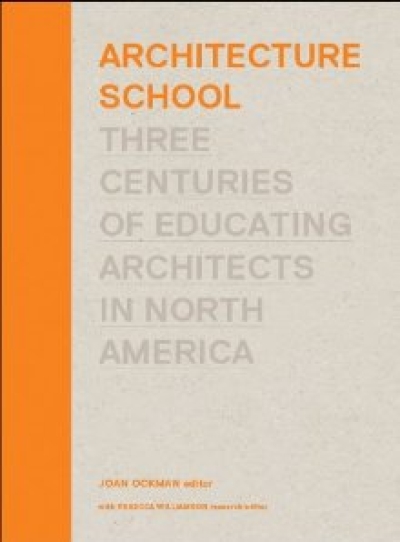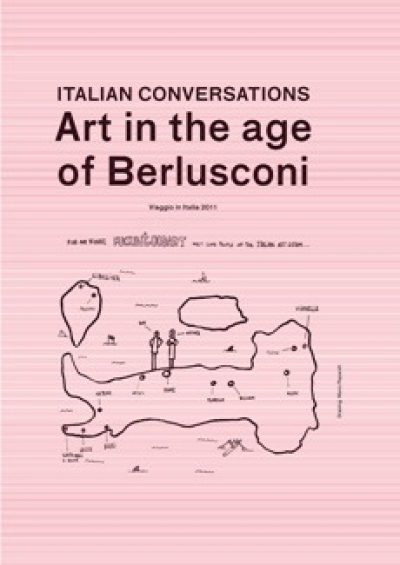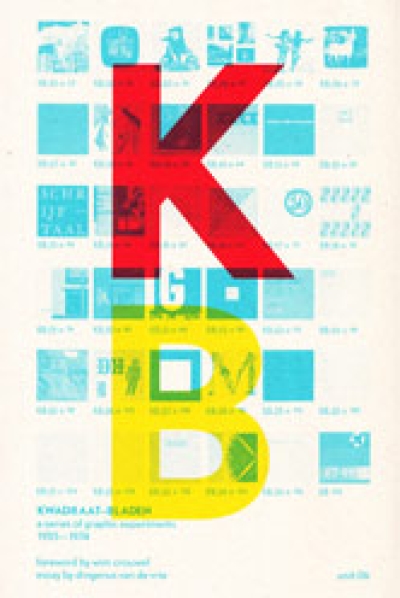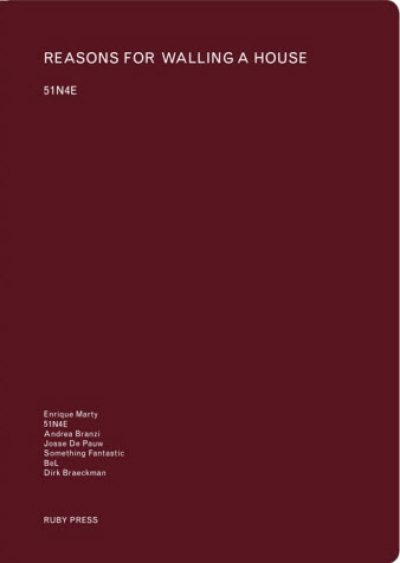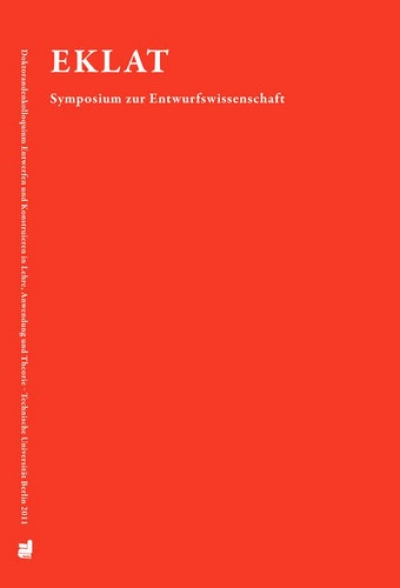
Future Perfect. Contemporary Art from Germany
»Future Perfect« heißt die neueste Tourneeausstellung des ifa (Institut für Auslandsbeziehungen),
die auf verschiedenen Kontinenten in internationalen Museen gezeigt und auf ihrer mehrjährigen Reise Fragen nach Zukunft verhandeln wird.
»Future Perfect« versammelt Werke von Künstlerinnen und Künstlern, die sich mit Zukunftsvorstellungen und Spekulationen über den Verlauf von Geschichte beschäftigen. Dabei wird auf eine grammatikalische Zeitform Bezug genommen, die es ermöglicht, zukünftige Geschehnisse als bereits vergangene Ereignisse wiederzugeben. Besonders in der Politik und der Finanzwirtschaft wird versucht, Zukunft als ein »So-wird-es-gewesen-Sein« vorauszusagen, um einer Gesellschaft oder Anlegern Sicherheiten zu vermitteln. Doch wenn Zukunft bereits als abgeschlossene Vergangenheit wahrgenommen wird, wie können wir dann überhaupt noch visionieren, spekulieren und gewohnte Denkmuster verlassen? An dieser Stelle setzt das Ausstellungs- und Publikationsvorhaben an und fragt: Können wir uns noch in der Mutmaßung und Annahme eines Futur Perfekt verständigen? Können künstlerische Praktiken auf zukünftige Vorstellungs- und Handlungsräume hinweisen?
»Future Perfect« is accompanying the latest exhibition tour of ifa (Institute for Foreign Cultural Relations). The exhibition will be shown at international museums on various continents and will be dealing with future-related questions during its journey lasting several years.
»Future Perfect« collects works by artists concerned with notions of the future and speculations on the course of history, using a grammatical tense which makes it possible to present future events as if they had already occurred. Politics and the world of finance are particularly fond of predicting the future in the form of »this-is-how-it-will-have-been« in order to convey to society or to investors a sense of security. However, when the future is already perceived as something in the past, something that has been and gone, how is it possible for us to have visions, to speculate and to get away from conventional thought patterns? This is the starting point for this exhibition and publication project, the point where it asks: is it at all possible for us to communicate using the conjecture and suppositions of a future perfect? Can artistic practices reference this area of future notions and activities?
Designer: ifa (Institut für Auslandsbeziehungen), curators: Angelika Stepken, Philipp Ziegler
Text: Jennifer Allen, Dirk Baecker, Angelika Stepken, Joseph Vogl, Philipp Ziegler
German/English, 244 pages, Numerous ills. in color and b/w
Hardcover


